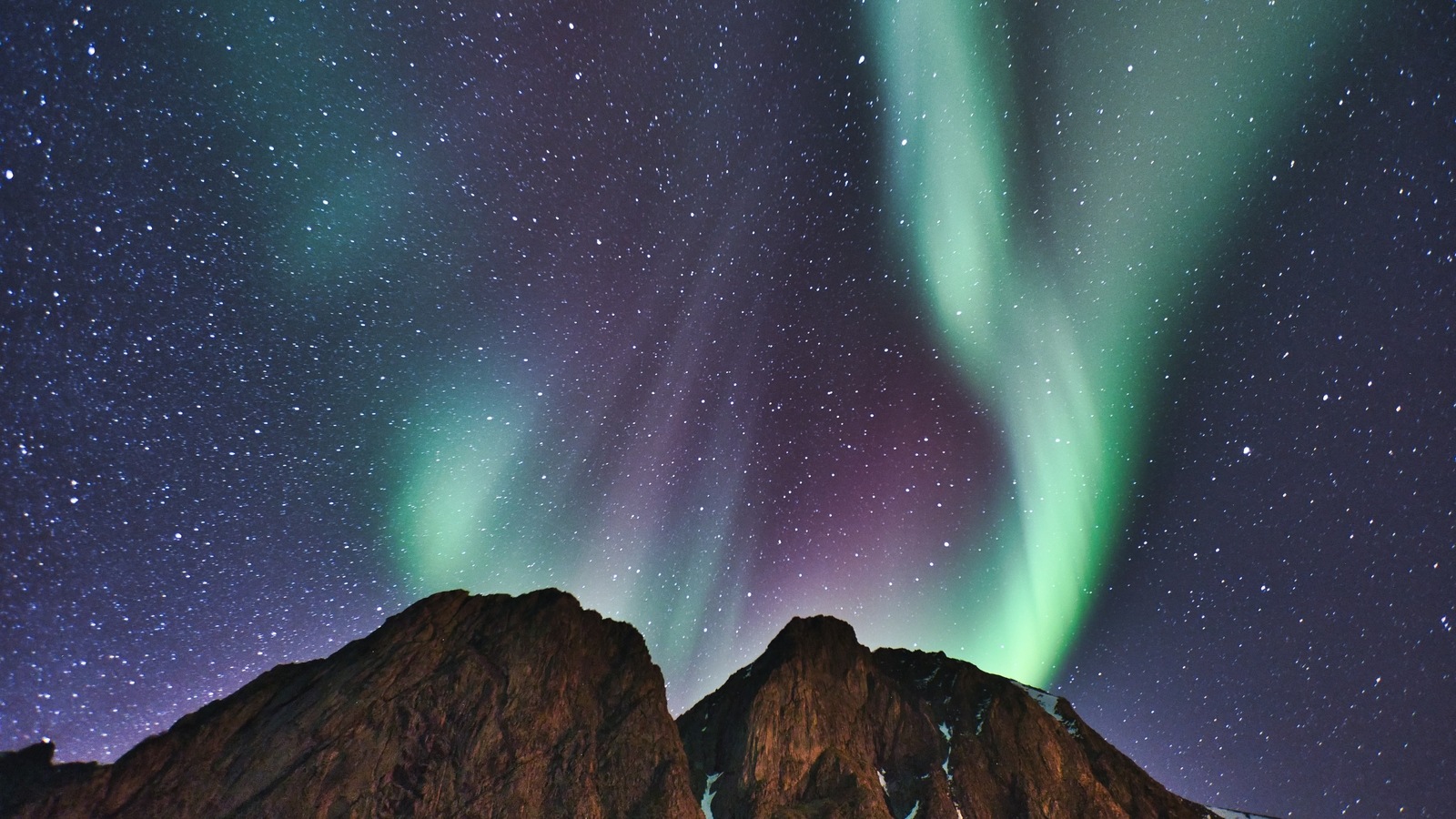Solar Storm Fury! Geomagnetic storm likely to be sparked tomorrow, NOAA warns
The effect of a double whammy solar storm unleashed by the Sun will likely be seen on Earth tomorrow, NOAA forecasters have suggested.






 View all Images
View all ImagesAs many as two solar storms are set to impact Earth! These were generated by a couple of partially Earth-directed coronal mass ejections (CMEs), spewed out by the Sun on July 4 and they are currently on their way. This solar activity, when it hits the Earth's atmosphere will likely generate geomagnetic storms on Earth. The likely date, when the first solar storm hits Earth and triggers a geomagnetic storm, is July 7. This has been confirmed by the National Oceanic and Atmospheric Administration's (NOAA) forecasters.
NOAA has warned that a G1-class geomagnetic storm is likely to hit Earth on 7 July. "Magnetic responses are likely to reach the G1 (Minor) geomagnetic storm levels, with a chance for G2 storm levels if more favourable conditions are observed. Stay tuned to our webpage for up-to-date information and forecasts," the NOAA report mentioned.
Apart from the report by NOAA, Space Weather specialist, Dr. Tamitha Skov took to Twitter and said, "The Sun launches double punch #solarstorms on #July4th! NASA prediction shows impact before noon July 7 UTC. The first storm is slower & will go mainly northeast. The second is faster & more of a direct hit. The fast solar wind follows. G1-level possible with #aurora to mid-latitudes (sic)."
The geomagnetic storm is also expected to generate auroras too and that should be a fascinating sight for those who like to gaze at the skies.
Radio Blackouts and more!
NOAA experts have further revealed that Radio blackouts have reached the R1 levels in the past 24 hours. The largest Radio Blackout was observed on Jul 06 2023 10:49 UTC (4:19 PM IST). Meanwhile, solar activity is expected to continue at lower levels through the 8th of July with a slight chance for M-class flares.
All of these solar activities are being tracked by NOAA's DSCOVR satellite to monitor solar storms and the Sun's behaviour. While the Space Weather Prediction Center further analyses this data to measure certain factors such as temperature, speed, density, degree of orientation, and frequency of solar particles.
Catch all the Latest Tech News, Mobile News, Laptop News, Gaming news, Wearables News , How To News, also keep up with us on Whatsapp channel,Twitter, Facebook, Google News, and Instagram. For our latest videos, subscribe to our YouTube channel.





























